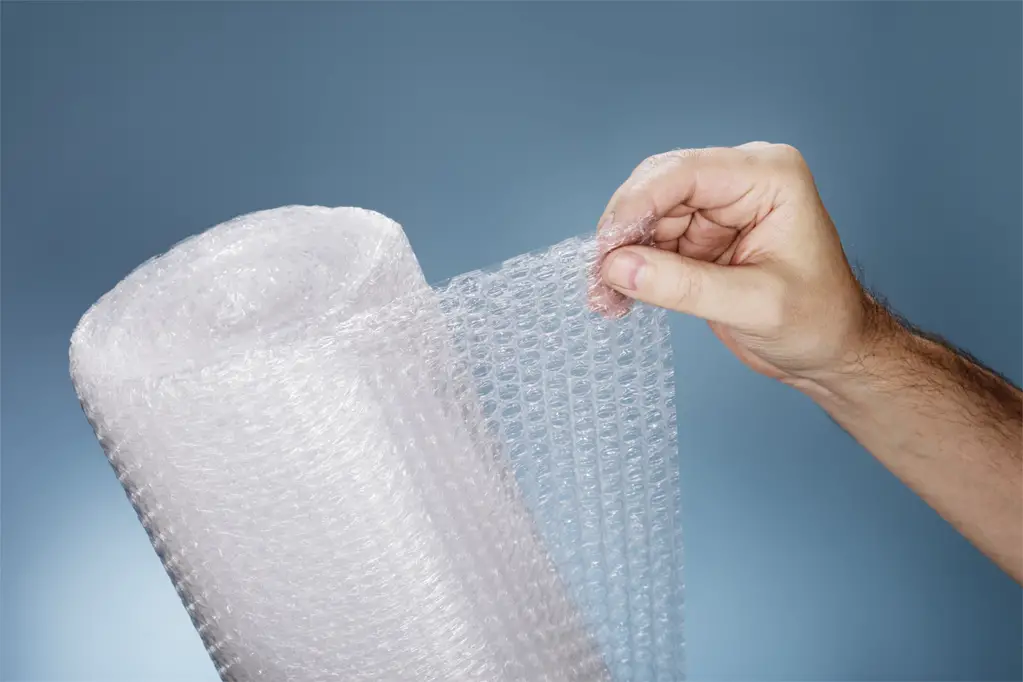Bubble Wrap, those protective sheets that keep things from breaking and are fun to pop, didn’t start its life intended for those uses. Believe it or not, bubble wrap was originally supposed to be used as wallpaper.
Bubble Wrap was invented in 1957 by two engineers named Alfred Fielding and Marc Chavannes. They were attempting to make a covering for walls consisting of two shower curtains made of plastic laminated together that had trapped air bubbles between the layers. It would have been a 3D looking wallpaper, but the idea never took off. People in the late 1950s weren’t interested in having bubbles on their walls.
The idea was far from dead, however. Fielding and Chavannes started the Sealed Air Corporation in 1960, and the pair first tried out the bubble material for use as insulation in greenhouses. Unfortunately, this too didn’t catch on. It was a year later when they discovered it could be used for something more practical, and it found its use as a packing material. They originally called the product Air Cap until it was changed to the more appropriately titled Bubble Wrap.
The big break for Bubble Wrap happened when IBM became the company’s first big client. Bubble Wrap was used to protect shipments of the company’s 1401 business computers. This helped Bubble Wrap become a staple in protecting objects in packaging.
Bubble Wrap starts with different types of resin pellets. The pellets give Bubble Wrap different properties such as strength and adhesion. The pellets are vacuumed into an extruder that melts the resins until they are formed into a film. The film then goes through a series of rollers where one roller has round dimples, and the film is vacuumed sealed as it moves over the dimpled roller. It then goes through another series of rollers that allow it to cool until it is ready to be packaged and used as packing material.
Sealed Air makes so much Bubble Wrap in one year that it could circle the Earth’s equator ten times. That provides a lot of popping time.
How Bubble Wrap is Made
Sources: Dailymail, Sealed Air, Sealed Air (video), Forbes, Premier Handling Solutions


